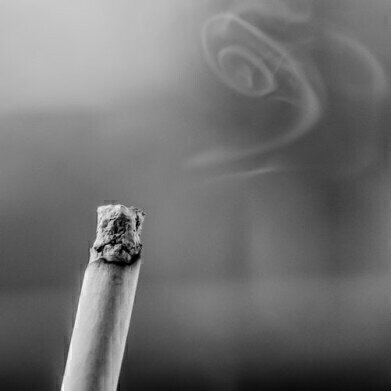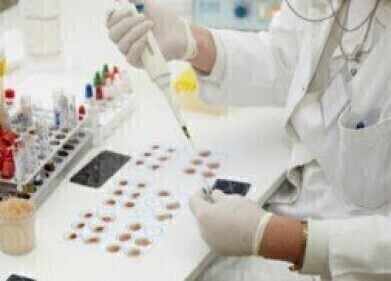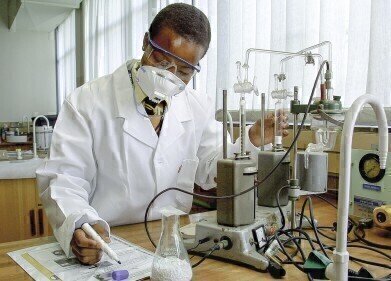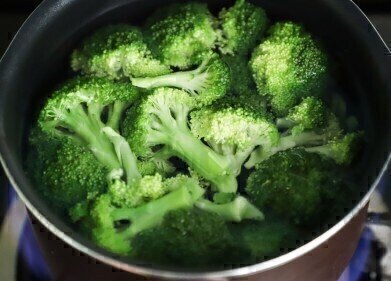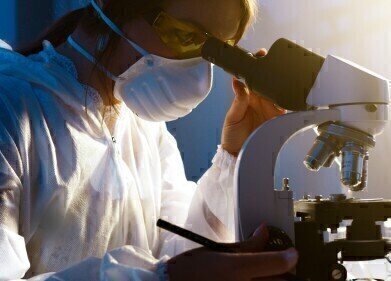Help Desk
What is 'Third Hand Smoke'? — Chromatography Investigates
Mar 02 2018
Many people know that cigarette smoke is hazardous to health. Health campaigners, Government reports and the NHS ‘Smokefree’ services are all keen to help smokers quit the habit. But once they have quit, is that the end of the risk? Is there a lingering legacy of smoking in public spaces after smoking has ceased? Welcome to the world of third hand smoke.
First, second and third hand smoke
First hand smoke is just the smoke inhaled by the smoker themselves. It is the most dangerous form of smoke and despite protestations in some quarters, it has been shown to cause many diseases including lung cancer, respiratory illnesses and heart disease. The primary reasons why health campaigners try and reduce the incidence of smoking.
The health risks of second hand smoke are less than those associated with first hand smoke but are still extremely damaging. Inhalation of second hand smoke — also known as passive smoking — can still cause cancer. It is reported that passive smoking can increase a non-smokers risk of getting lung cancer by a quarter. Second hand smoke is particularly dangerous for children — with an increased risk of asthma, infections and cot death all attributed to second hand smoke.
So, what is third hand smoke? Basically, it is the residual chemicals, including nicotine, that is left on surfaces due to cigarette smoke. Clothes, furniture, walls and tables are all surfaces that can become contaminated with smoke. In places where smoking was commonplace — homes, pubs etc — then third hand smoke residues can build up over time.
Report finds lingering smoke
Scientists at San Diego State University have published a report in Tobacco Control — A Casino goes smoke free: a longitudinal study of secondhand and thirdhand smoke pollution and exposure — to see how long residual smoke can remain on surfaces after smoking ceases. They monitored third hand smoke in a Northern California casino and found that even after six months toxic tobacco residues remained above levels found in hotels with smoking bans. In a press release they said: “The casino was much more polluted with thirdhand smoke than any nonsmoker home we have examined to date”.
They used liquid chromatography and mass spectrometry to analyse samples taken before and after a smoking ban at the casino. The use of chromatography and mass spectrometry is discussed in the article, Ion Suppression from HPLC Columns. They report that intensive cleaning is needed — and in some cases replacing the surface — to make the environment safer and free from third hand smoke.
Digital Edition
Chromatography Today - Buyers' Guide 2022
October 2023
In This Edition Modern & Practical Applications - Accelerating ADC Development with Mass Spectrometry - Implementing High-Resolution Ion Mobility into Peptide Mapping Workflows Chromatogr...
View all digital editions
Events
Apr 28 2024 Montreal, Quebec, Canada
May 05 2024 Seville, Spain
May 15 2024 Birmingham, UK
May 19 2024 Brno, Czech Republic
May 21 2024 Lagos, Nigeria
